The biggest challenge in this regard is that a lot of the infrastructure comes from different manufacturers. While these manufacturers provide solid solutions for monitoring their hardware, it can be very difficult to oversee the monitoring of all hardware. A hardware monitoring software with an integrated console can monitor all the hardware in the server ecosystem.
Hardware monitoring should be an integral part of managing a server and infrastructure. Detecting and fixing problems before they get serious can increase uptime and ensure there’s no severe hardware failure. It’s cost-effective, efficient, and preemptive, which is why responsible businesses value hardware monitoring.
6 Best Practices for Hardware Monitoring
The following are the best practices that have been followed by industry professionals for a long time. These practices are aimed at improving infrastructure integrity and giving people monitoring and managing the system a headstart at resolving key issues when and where they may occur.
Avoid Reinventing the Wheel
‘Building your own’ strategy may work in a lot of other areas of technology that are relatively straightforward. Server hardware monitoring isn’t one of them. No matter how sophisticated your IT department is, creating a monitoring solution from scratch simply isn’t the ideal solution.
This is a problem for which there are simple and easy solutions available, giving the best possible tools you need to monitor the hardware in your technology ecosystem. VirtualMetric’s Windows Server Monitoring tool is a comprehensive suite that covers all aspects of the server hardware scan.
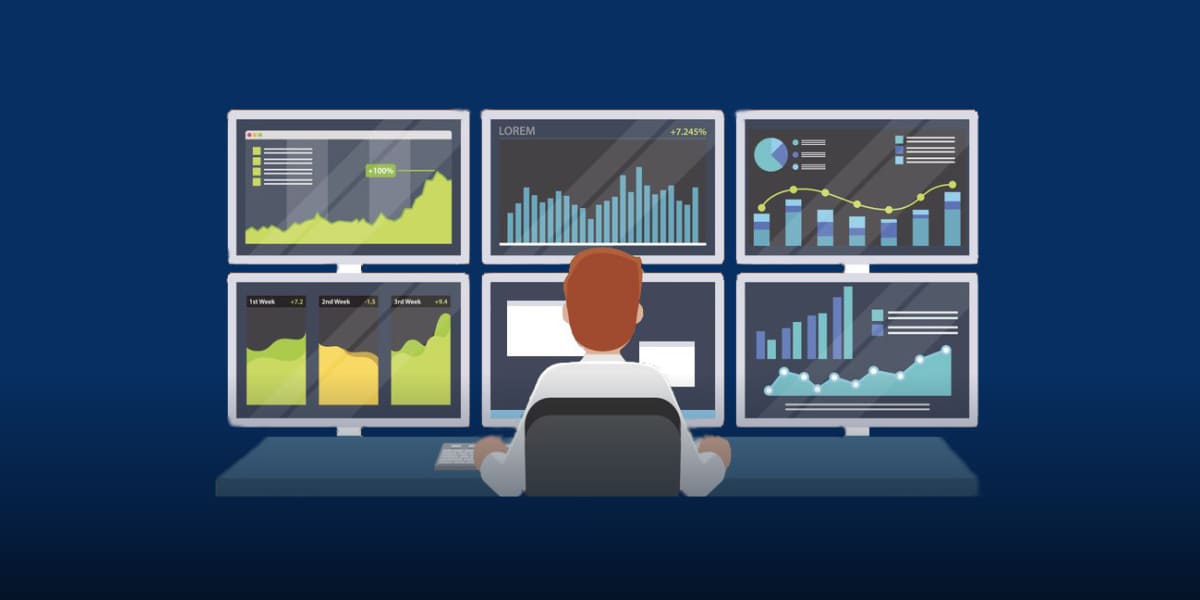
Smart businesses, regardless of the industry they belong to, know that it’s best to trust the experts with jobs that aren’t exactly in their domain. Therefore, the number one important practice when it comes to monitoring the health of hardware is to get a software that can do it well.
Prioritize Issues
Your hardware isn’t always going to be all healthy, but that doesn’t mean it’s hanging in by a thread. Every issue is an issue, but not every issue has the same severity. You need to prioritize which issues are more critical, so the tool you’re using also prioritizes those issues as and when they occur.
Structure them in descending order with the high priority on top and lowest at the bottom. This way, you ensure that you don’t follow a first come first serve principle for resolving issues, rather important tasks to the front of the queue.
Detailed Alerts
Setting up alerts is a key part of using hardware monitoring software, but you don’t want it to be too generic. An alert regarding hardware should be specific and actionable so that the person receiving it can take the best course of action. You’re basically saving yourself time before the problem has even occurred, simply by explaining the problem in detail.
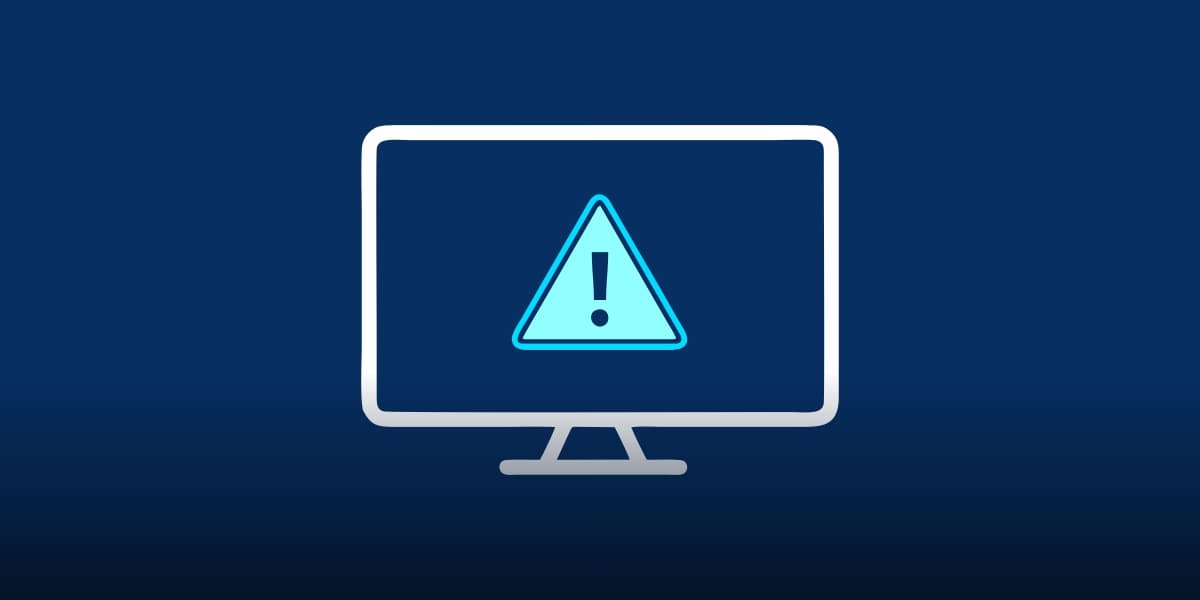
Think of it as a Check Engine light that also has two to three sentences about what’s exactly wrong with it. Wouldn’t that be helpful whenever that ghastly light comes on? The same is the case with hardware monitoring.
The alert should give the following information:
- Issue’s name
- Severity levels (Critical, warning, error, etc.)
- Hardware that’s affected
- Data relevant to the hardware
- Next steps
Review Metrics Periodically
Don’t just set metrics and call it a day. Your metrics need to be monitored, too, whether they are efficient and reliable. Too many alerts or no alerts at all both situations point to problematic trouble. The hardware scan entirely depends on the metric you set, which is why you need to be more adaptive.
Oversimplified metrics can kill the purpose of using a hardware monitoring software, to begin with. For instance, an API taking requests should ideally be fast, and it is. But it’s only fats for 90% of the requests. 90% is still a good percentage, but it’s not ideal. You need to set the metric in a way that it points out this shortcoming.
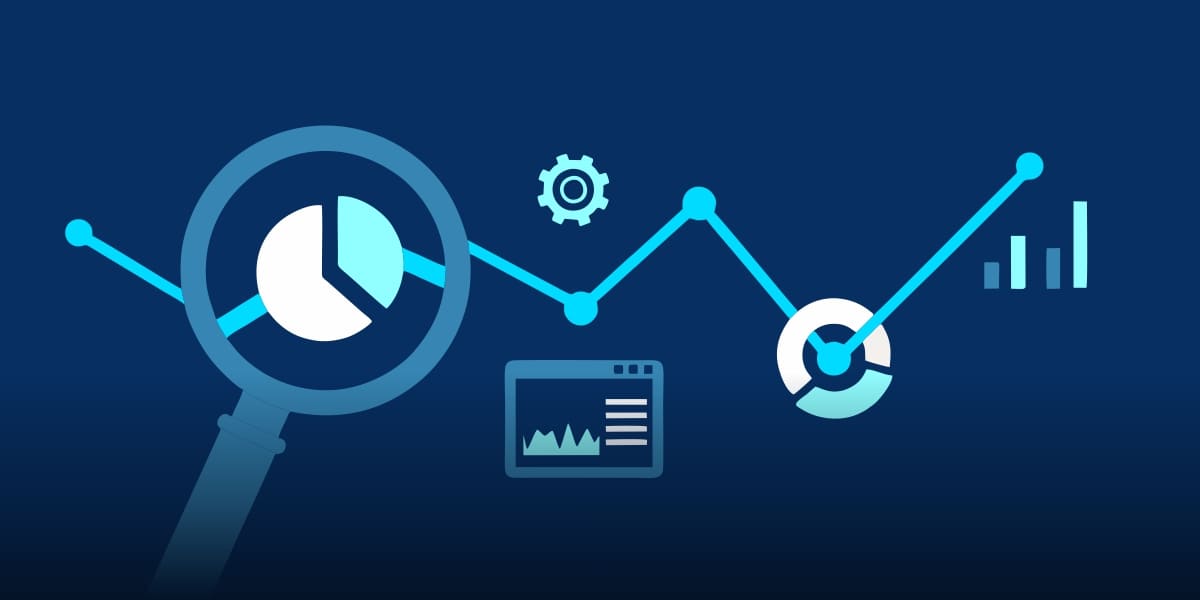
Regulating the metrics can ensure that hardware monitoring is being carried out to its full capacity. Striving for that most optimal hardware performance would at least give you reliable performance.
Standardize Alert Handling
A software or hardware monitor’s primary job is to notify and alert you of any issues. Resolving those issues would require human intervention. Now, how you handle an alert can really make a difference. You don’t just want to resolve the issue, but resolve it in the most optimal way.
Creating standard procedures for handling alerts can make the resolution process much swifter and smoother. It doesn’t matter who gets the alert; a process in place will ensure it’s handled the way it’s supposed to be. Also, set the severity levels and who should be informed depending on the severity.
Is an issue grave enough to reach the head of the department or even the CEO? The standard procedure should outline this.
Performance Reports
The good old saying that the proof is in the pudding should be rewritten as the proof is in the report. Performance reports about your hardware’s performance are key to identifying issues and nipping them in the bud. You can create a schedule of reports on a monthly, bimonthly, fortnightly, or weekly basis.
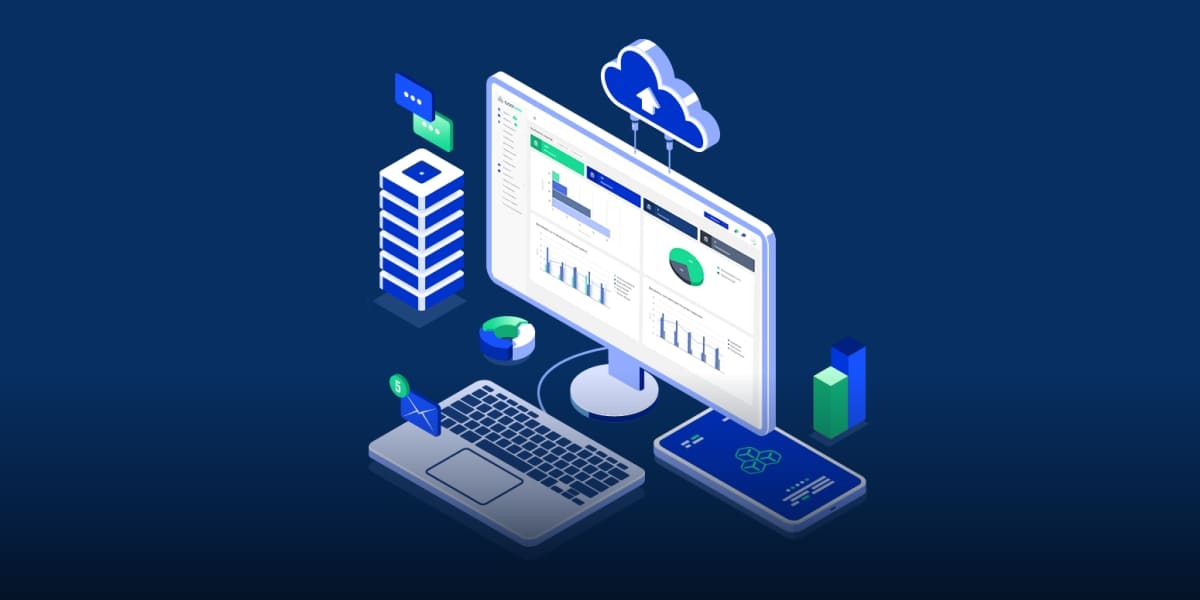
Processor, memory, read/write throughput, storage, and network usage, all should be presented in a visual report that’s easily digestible. Regularly generating these reports can help you understand unusual patterns or identify possible cracks in the architecture. You can then use the information to optimize the resources in the server to deliver the best possible performance.
Conclusion
A reliable hardware monitoring software, like VirtualMetric, can keep the hardware working at its best. It should have the capacity to realize all the practices outlined above. These practices are well-established in the IT industry but may not be so common in the IT infrastructure of other industries.
If you do things how they are supposed to be done, you can save yourself from a lot of trouble. Promoting these practices, in fact, standardizing them can give you your money’s worth. While you should have a central monitoring tool overseeing all the different hardware in the infrastructure, don’t hesitate to use vendor support if it’s available.

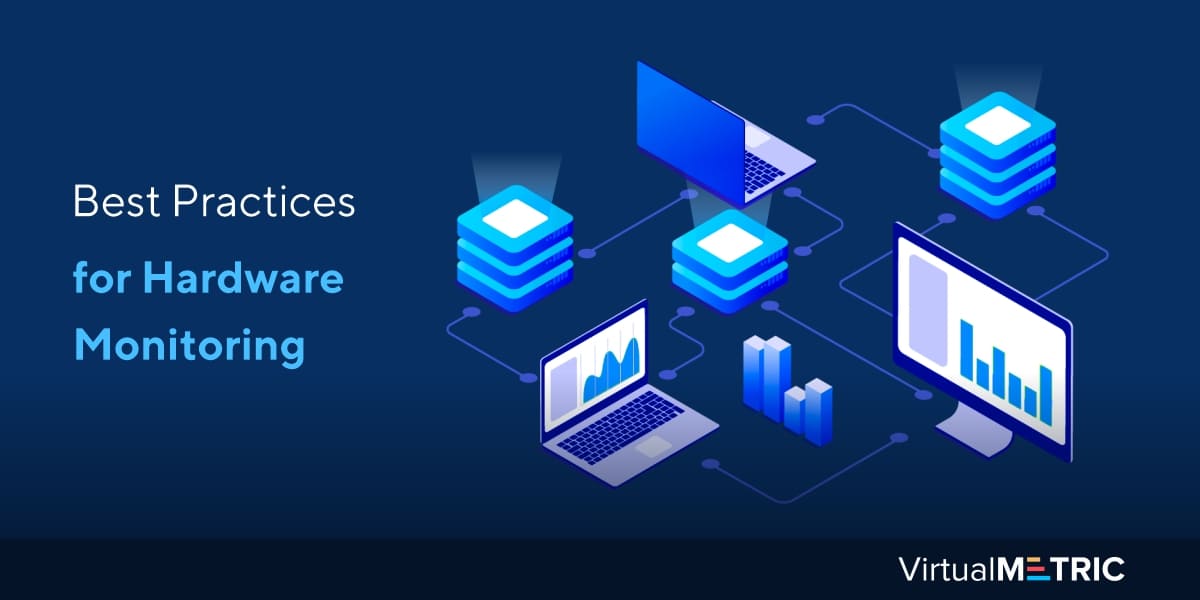
Leave a Reply